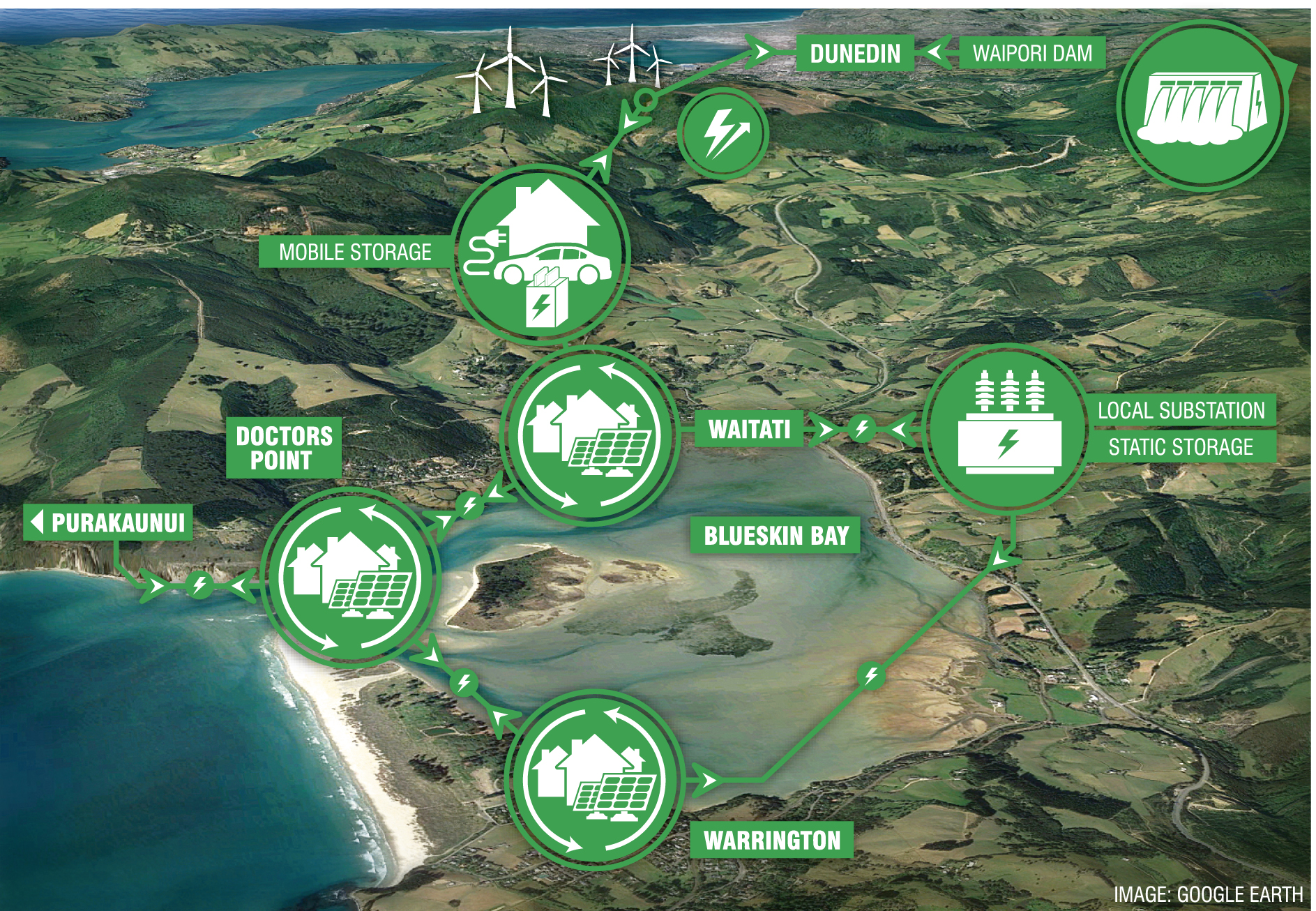
If our energy systems don’t bend to the winds of change something is going to give, writes Scott Willis.

Protesters gave the event significant profile, while Dunedin Mayor Dave Cull's message at the Minerals Forum was firm: "To protect the wellbeing of present and future generations from climate catastrophe, we know that further exploration and exploitation of fossil fuels is a dangerous and immoral folly, and incompatible with human survival and wellbeing.''
Another attendee at the Minerals Forum was Prof Susan Krumdieck, from Canterbury University and co-leader of the Global Association for Transition Engineering. She was also guest speaker at a free public event organised by Wise Response on the impacts of the mining/minerals industry.
The ability of humans to harness "energy slaves'' rather than human slaves is what has allowed human society and civilisations to flourish, as Prof Krumdieck pointed out. But it is our use of some of the most effective energy slaves - oil, coal and gas - that has tipped our climate from relative stability to a distinctly unstable climate while catalysing long-term sea-level rise.In her talk Prof Krumdieck explained the concept of "energy returned on energy invested'' (ERoEI), which refers to the ratio of usable energy (the exergy) obtained from a particular energy resource and the amount of exergy needed to secure that energy resource.
We know that oil, coal and gas are excellent forms of concentrated energy, but that burning them to release that energy as exergy releases greenhouse gas emissions, further heating our planet's climate. If we are to maintain a society above subsistence level, we need a relatively high ERoEI but it must come from more benign sources, Prof Krumdieck argued.
The two simplest ways to do that in New Zealand without burning large quantities of fossil fuels and within our resource limits is to invest in far greater energy efficiency and conservation, and through developing wind power. (Solar has a low ERoEI; hydro has a good ERoEI but there are no more large river valleys to flood in New Zealand and many competing demands for water.)
Energy conservation and optimisation of our buildings, transport sector, industrial sector and electricity system is about doing more with less. Think of smart grids like the Blueskin Energy Network, or the Warm Up NZ scheme, which involves retrofitting insulation into houses to slow the heat leakage and therefore reduce energy consumption. Think of electric trains, public and active transport and EVs.
A significant increase in wind power will be the enabler as we begin optimising and electrifying our economy. As the Productivity Commission's report on the low-emissions economy pointed out last year, to meet the growth in demand for electricity from renewables we will need to build many more wind farms, but this is not without difficulty: "New Zealand has abundant unused sources of renewable energy, particularly wind power (the cost of which has been falling rapidly) and geothermal (which still produces some emissions).
Yet obtaining resource consents under the Resource Management Act 1991 may slow further expansion. The Government should review relevant planning instruments to reduce these barriers.''
The Government appears to be listening. Minister Megan Woods in her address to the NZ Wind Energy Association Conference last month said "In the next 30 years we will need to make significant investments in renewable electricity generation to support our transition to a low-carbon economy ... [W]ind consents often comes up as an issue for developers.
Accordingly, I have asked officials to look at what potential roadblocks to consenting exist and the best mechanisms to address these. I am also considering the role that small-scale or community renewable generation can play and the co-benefits for communities from such investments.
"I understand the relative cost of consenting for small-scale renewables can be high, as smaller developers lack the resources of the larger players.
"We have to get the regulatory settings right to encourage the transition to more affordable and renewable energy. I have asked officials to report to me on what policy options or changes may be needed.''
So if we are serious about making the transition, we will have to accept wind turbines in our landscapes, solar panels on our roofs and reduction in car use in favour of public transport. We need to do much more as well to ensure that everyone can live in a warm and cosy home.
We have all the technical solutions at our fingertips but the challenges are not technical. Murray Sherwin, the chairman of the Productivity Commission, suggests that to get to a low-emission economy in New Zealand "there will be tough challenges ... It will require consistent and concerted effort across government, business, households and communities - up to and beyond 2050.''
In other words, we will need to get beyond confrontation, and work on solutions together. A future in which our children can thrive depends on us.
Scott Willis is the project manager of Blueskin Energy Ltd. Each week in this column, one of a panel of writers addresses issues of sustainability.
For more
1. The Productivity Commission’s Low Emissions Economy report: https://bit.ly/2MKdvVI
2. Global Association for Transition Engineering: https://www.transitionengineering.org
3. The Blueskin Energy Network: www.ben.p2power.co.nz
4. The Cosy Homes Trust for insulation support: http://www.cosyhomes.org.nz
5. Wise Response: http://wiseresponse.org.nz
Comments
“ hydro has a good ERoEI but there are no more large river valleys to flood in New Zealand and many competing demands for water.”
Rubbish!
The lower Clutha and Waitaki projects were dumped because of lack of projected demand 15 or so years ago but they would provide a stable, controllable source of electricity without flooding large areas.
Solar panels, at our latitude, are a waste of money.













